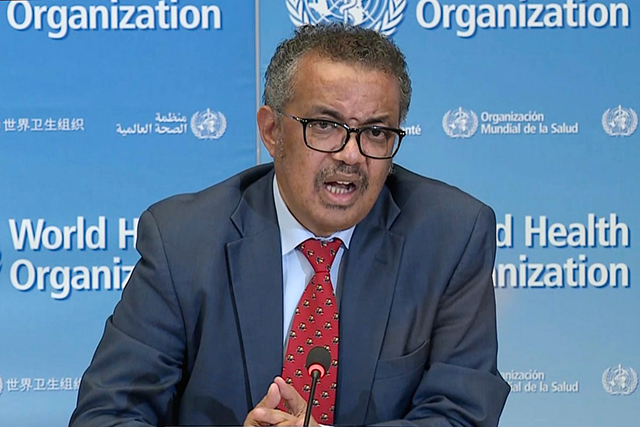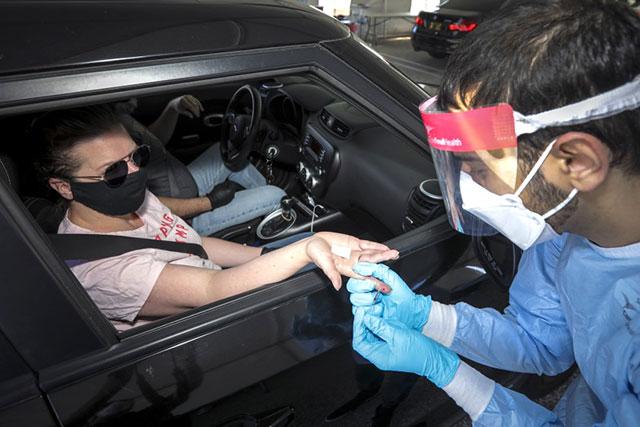You are here
Understanding herd immunity
By Mayo Clinic News Network (TNS) - May 07,2020 - Last updated at May 07,2020

Photo courtesy of geneticliteracyproject.org
The concept of herd immunity, or community immunity, has sparked debate about whether it would control the spread of COIVD-19. According to the Centres for Disease Control and Prevention (CDC), herd immunity is a situation in which sufficient proportions of a population are immune to an infectious disease to make its spread from person to person unlikely.
Dr Gregory Poland, a Mayo Clinic infectious diseases expert and director of the Vaccine Research Group, explains the idea behind herd immunity.
“Herd immunity basically means, if you could envision a circle, let’s say, of 100 people inside this circle and if you can imagine the susceptible people being in the centre of that, the more immune people around the susceptible people, the less likely is it that the virus can penetrate in and actually infect somebody,” says Poland.
Acquiring herd immunity can happen with two approaches, and can come with a deadly cost, according to Poland.
“There are really only two ways. [The first is] you become immune because you got infected. In the context of COVID-19 that means you have to be willing to accept a lot of severe illnesses and even deaths to get there,” he explains. “You’ve seen some countries do this and say, ‘No restrictions, we’re going to go for herd immunity.’ In some countries, for example, some of them have done that and they’ve had very high death rates compared to countries that didn’t.”
“Or you have a strategy like a vaccine, where you can make somebody immune by tricking the body into thinking it has seen the virus, make antibodies and that antibody be protective,” says Poland.
Poland says the consequence of going the latter route and implementing social distancing practices means waiting for a vaccine to be developed.
“That means we have lower number of cases, but we push them out longer and slower so we don’t overwhelm the medical system. And at some point we have therapies or a vaccine and overall reduce the burden of infection,” says Poland.
The next big question tends to be how much herd immunity is needed to effectively control the spread of COVID-19? Poland says that’s not yet known.
“We know with influenza we need somewhere around 60 per cent of the population to be immune to have herd protection, with measles it’s about 95 per cent. The novel coronavirus is probably going to fall into the neighbourhood of 70 per cent or so,” says Poland.
Related Articles
Catching COVID-19 once may not protect you from getting it again, according to the World Health Organisation, a finding that could jeopardis
PARIS — The patient walked into the Washoe County community testing station in the US state of Nevada on April 18 with a sore throat, dry co
LOS ANGELES — At a flotation therapy studio in Marina Del Rey, California, the sensory deprivation tank is empty, but antibody tests for the













